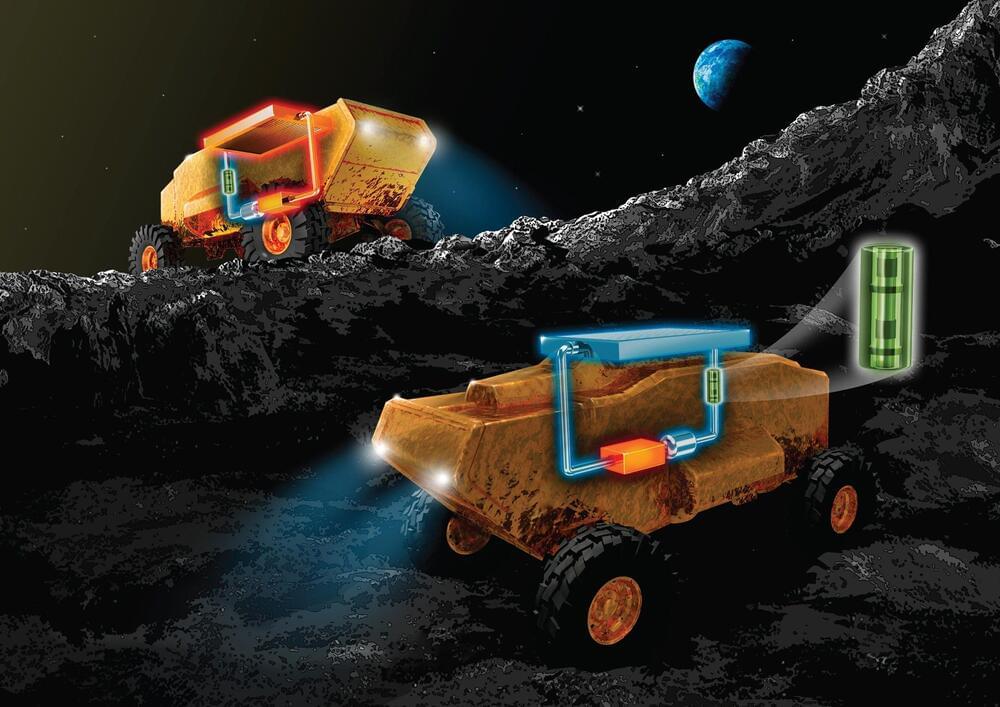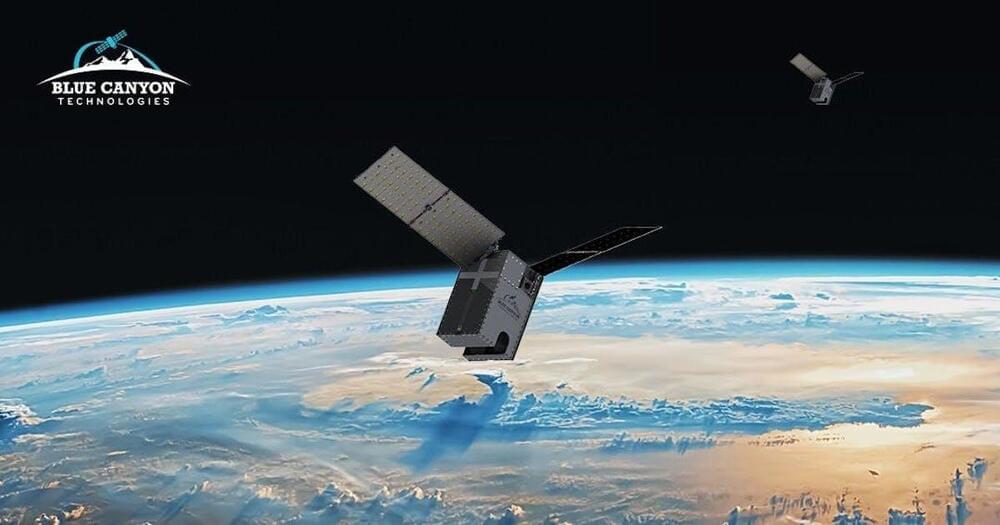Jun 27, 2024
A Major Earthquake Caused One of the Largest Rivers on Earth To Abruptly Change Course — Could It Happen Again?
Posted by Saúl Morales Rodriguéz in category: climatology
A recent study has uncovered that a major earthquake around 2,500 years ago significantly rerouted the Ganges River in Bangladesh, marking the first documented instance of seismic activity causing a river avulsion. This discovery highlights the ongoing geological risks in delta regions, which could impact millions of people if repeated today. Credit: SciTechDaily.com.
A recent study published in Nature Communications reveals that a massive earthquake 2,500 years ago dramatically shifted the course of one of the world’s largest rivers. This previously undocumented seismic event rerouted the main channel of the Ganges River into present-day, densely populated Bangladesh, an area that continues to be at high risk for significant earthquakes.
Scientists have documented many river-course changes, called avulsions, including some in response to earthquakes. However, “I don’t think we have ever seen such a big one anywhere,” said study coauthor Michael Steckler, a geophysicist at Lamont-Doherty Earth Observatory, which is part of the Columbia Climate School. It could have easily inundated anyone and anything in the wrong place at the wrong time, he said.

















